1 of 54
Download to read offline
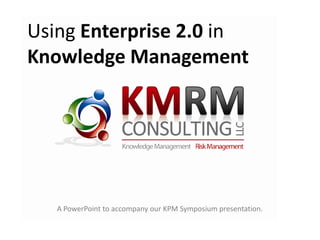
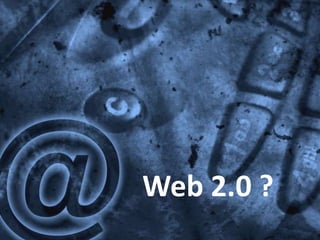
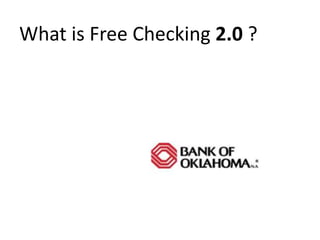





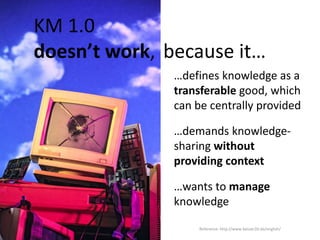
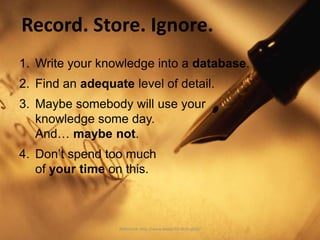
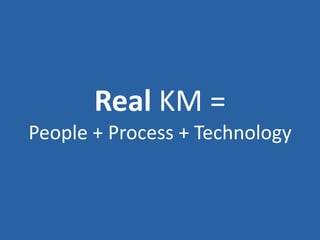
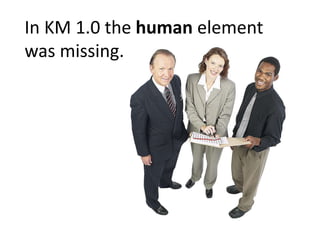

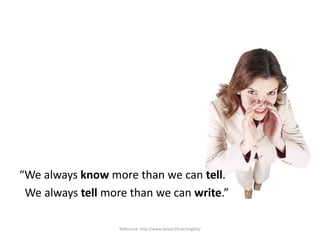
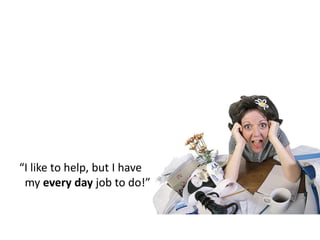


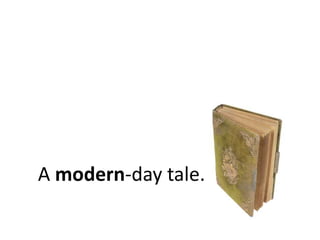
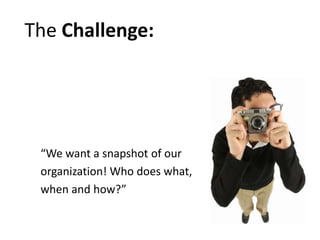
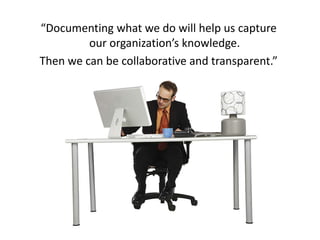


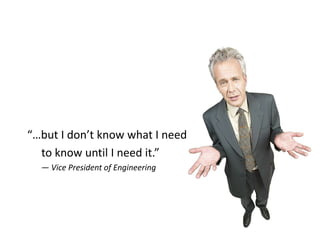
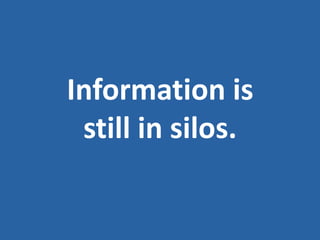
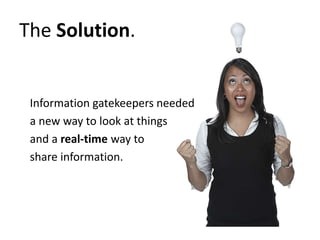
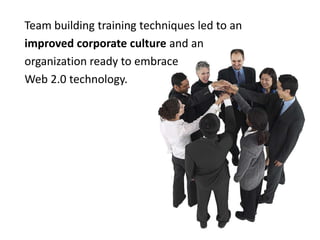

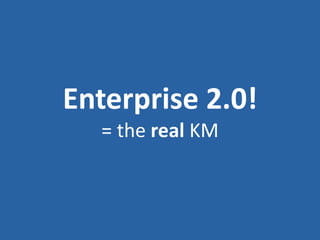

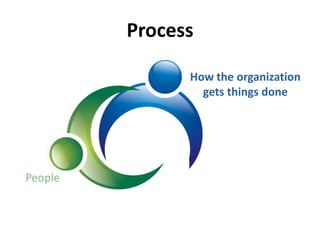

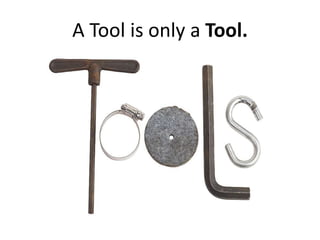
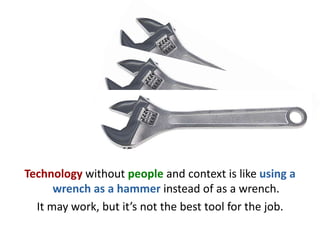
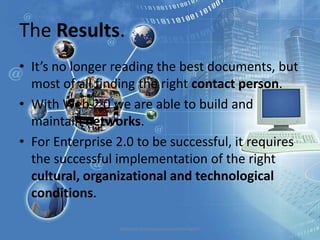
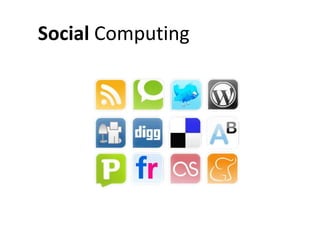
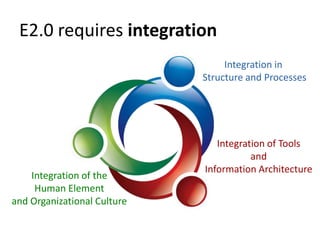

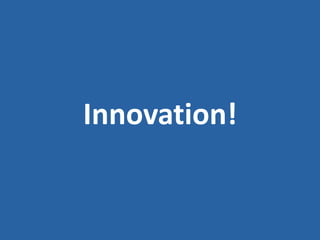

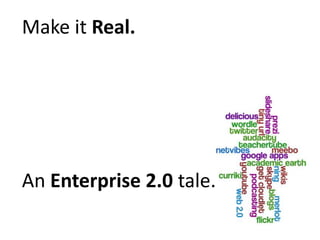
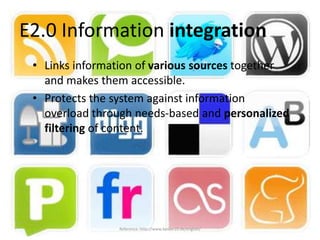
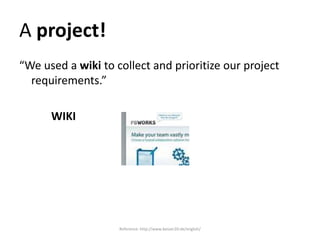

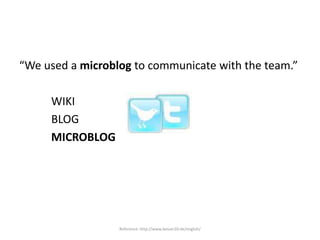

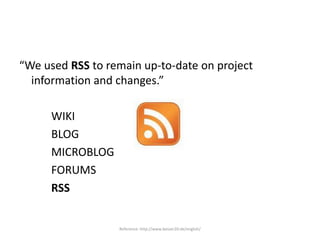

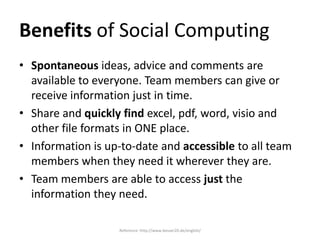
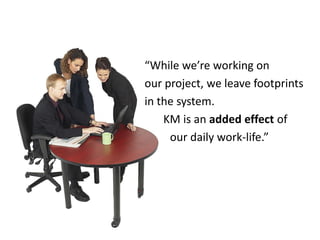
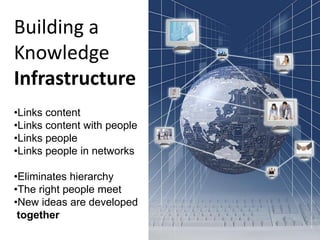
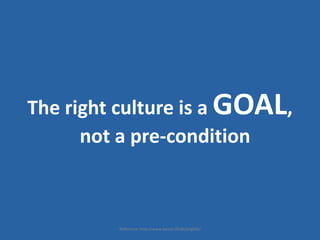



Ad
Recommended
Cmc sense making
Cmc sense makingMichelle C. Farabough
╠²
This document summarizes a research study that examined sense-making elements and in-group communication in an online Asperger's discussion forum. The researchers analyzed the frequency of "verbing phrases" used in forum posts, the proportion of solo posts without responses, and whether elements of sense-making interaction changed over time. Key findings included that forum participants frequently engaged with one another, situated discussions in specific time and space, and empathized more abstractly. The study was limited by its small sample size but provided insights into how online communities collectively de-individualize members to reinforce group identity.Presentation3
Presentation3Cassandra Weeks
╠²
Students will be given a handout with blanks to fill in during a presentation on Florida's Multi-Tiered System of Supports (MTSS). The PowerPoint presentation will include intentional blanks matching the handout. The actual presentation will reveal the answers so students can fill in the blanks. The multi-tiered framework includes Tier 1, Tier 2, and Tier 3 supports, as well as a problem-solving process and progress monitoring. Resources for additional information are provided.Burns Farabough pncmla
Burns Farabough pncmlaMichelle C. Farabough
╠²
This document explores PubMed Commons, a post-publication social media forum, and its implications for medical librarians. The authors analyzed forum activity and message ideas to understand how invited authors use the forum and what types of posts benefit medical professionals. They found most PubMed articles do not receive comments, forum activity is highest for recently published articles, and message ideas include validating information, disputing findings, responding to criticisms, and redirecting readers to additional resources. The authors conclude PubMed Commons may help identify credible information, provide access to authors, accelerate science, and allow for questioning of published work.Blindsql
BlindsqlRitu Raj
╠²
This document describes a technique for exploiting blind SQL injections on ASP/ASP.NET applications that have access to XP_CMDSHELL but do not display errors or outputs. The technique uses XP_CMDSHELL to create a VBS script that maps the Windows directory to a virtual IIS root with execution permissions, allowing remote execution of system32 binaries over HTTP. The technique can confirm vulnerabilities even in completely blind environments and grant remote command execution privileges on the target application.CDC Health Communication abstract 2011
CDC Health Communication abstract 2011Michelle C. Farabough
╠²
This document describes a pilot program at an urban community clinic to provide point-of-care patient education (POCPE) to asthma patients using social media and portable media devices. The program aimed to educate patients on proper use of metered dose inhalers. Videos were created and uploaded to a private YouTube channel to demonstrate inhaler use. Surveys found that using these innovative tools improved patient understanding compared to traditional methods. Lessons learned can help other clinics develop similar POCPE programs to better educate patients.ICKM 2007 Emotional Intelligence and Knowledge Sharing
ICKM 2007 Emotional Intelligence and Knowledge SharingMichelle C. Farabough
╠²
The document proposes a framework for how emotional intelligence can moderate dysfunctional mental models and improve knowledge sharing. It suggests that dysfunctional mental models negatively impact communication and knowledge sharing, but emotional intelligence abilities like self-awareness and relationship management can counteract this. The framework is called the Moderating Effect of Emotional Intelligence and is intended to help team leaders and individuals improve behaviors, change mental models, enhance communication, and increase knowledge sharing.Makinggames
MakinggamesRitu Raj
╠²
This document provides an introduction to the book "Making Games with Python & Pygame" which teaches how to make graphical games using the Pygame library in Python. It discusses who the book is intended for, provides an overview of the book's contents and structure, and explains how to download and install Python and Pygame so readers can run the game code examples provided. It also includes information on licensing and where to find more resources online.Health Literacy OUFM Research Day 2011
Health Literacy OUFM Research Day 2011Michelle C. Farabough
╠²
This document summarizes a research study that evaluated the readability and suitability of online educational materials about Alzheimer's, dementia, and memory loss from 15 frequently accessed health websites. Researchers used standardized evaluation tools to assess the content, literacy level, graphics, organization, ability to stimulate learning, and cultural appropriateness of the materials. Interrater reliability was substantial to outstanding for most tools. Results found that the overall suitability and readability of the materials was adequate, though literacy levels were at or above a 10th grade level. The study provides insights that can help improve online health information for older populations.Putting Wikis to Work in an Online Research Environment
Putting Wikis to Work in an Online Research EnvironmentMichelle C. Farabough
╠²
The document presents a case study on the use of wikis in academic healthcare research communities, emphasizing the challenges of communication and collaboration due to time constraints and email culture. It discusses criteria for selecting communication tools, user analytics, and key informant feedback regarding the perceived benefits and barriers of using wikis compared to traditional methods. The study highlights the need for greater awareness and training to improve the adoption of such collaborative tools in research environments.CDC National Conference on Health Communication, Marketing and Media 2010
CDC National Conference on Health Communication, Marketing and Media 2010Michelle C. Farabough
╠²
This document summarizes a study exploring the use of Web 2.0 social technologies like wikis to facilitate collaboration among an interdisciplinary biomedical research community. It describes the background and increasing popularity of social media. The study involved setting up a wiki for a 13-member research group to analyze usage and gather perceptions. Results found barriers to adoption included time constraints and technical skills, while benefits included easier information sharing and organization. Ongoing analysis of usage and surveys over 12 months will provide more insights into the impacts of social technologies on research collaboration.Faraboough qualitative research methods presentation
Faraboough qualitative research methods presentationMichelle C. Farabough
╠²
This document summarizes a qualitative research study examining the dynamics involved in medical encounters that require an interpreter. The study involved interviews and focus groups with 39 healthcare providers from various specialties. The providers discussed considerations for choosing between using a professional interpreter versus other options like family members or bilingual staff. Key factors included time constraints, the clinical complexity and privacy needs of the situation, institutional policies, building trust and compassion with patients, and navigating the complex interpersonal dynamics between the provider, patient, and interpreter.Designing Persuasive Messages in Health Campaigns
Designing Persuasive Messages in Health CampaignsMichelle C. Farabough
╠²
This document discusses key considerations for designing persuasive messages, including source credibility, message style, channel selection, and audience characteristics. It outlines various models of how persuasion works, noting there are multiple paths such as peripheral routes using source credibility or central routes engaging with message arguments. Ultimately, the greatest persuasive impact depends on understanding the audience and how they will decode and interpret the message.Ms.Evans Multimedia Project
Ms.Evans Multimedia ProjectCarlitosDungca
╠²
Percy Jackson, a 12-year-old dyslexic and ADHD student, is accused of stealing Zeus' master lightning bolt. Percy, his friend Grover, and his friend Annabeth go on a quest to find the bolt and clear Percy's name. They face many monsters and gods. They discover that it was Luke, a former camper, who stole the bolt for the titan lord Kronos. Percy retrieves the bolt and returns it to Zeus, preventing war between the gods. However, Luke betrays them and tries to kill Percy with a scorpion before escaping.TLA poster
TLA posterMichelle C. Farabough
╠²
This document summarizes a scoping literature review on image-based information systems designed for and used by dermatologists. The review identified four key concepts in system development: users (which include dermatologists, other medical professionals, patients, and the general public), system types (proprietary LAN systems, secure PACS, EHRs, teledermatology, and websites), system purposes (diagnosis, training, collaboration, consumer health info), and access/security concerns (interoperability, privacy, regulations). The results suggest implications for developers and professionals to incorporate user experience testing prior to designing new systems.Farabough and Burns final cdc presentation
Farabough and Burns final cdc presentationMichelle C. Farabough
╠²
The document analyzes the use of PubMed Commons, a forum on the PubMed database for scholarly discussion. Through social network analysis and content analysis of posts, the researchers found:
1) The social network of authors brokering connections on the forum was small and disconnected, with only 12 authors connecting.
2) Content analysis of posts revealed common themes of discussing, inquiring, disputing, and validating information about published articles.
3) While the forum provides a venue for open scholarly exchange, overall interaction and influence on the PubMed database has been minimal to date.Benefits/barriers to Web 2.0 platform for research
Benefits/barriers to Web 2.0 platform for researchMichelle C. Farabough
╠²
This document discusses the benefits and barriers to implementing a new system. The benefits include access to centralized information, time efficiency from asynchronous collaboration, and increased self-autonomy. Potential barriers include selecting the right platform, changing organizational culture, and ensuring a high user adoption rate.Selection criteria for Web 2.0 platform for research
Selection criteria for Web 2.0 platform for researchMichelle C. Farabough
╠²
This document outlines selection criteria for choosing a Web 2.0 platform for biomedical research including considerations around hosting, pricing models, development support, storage, security, interoperability, user access controls, communication tools, user interface, content creation abilities, search and tagging, linking options, notifications, and additional features.SWOT analysis of using wikis for research
SWOT analysis of using wikis for researchMichelle C. Farabough
╠²
This document outlines a SWOT analysis for using Web 2.0 technologies in healthcare. The strengths include increased speed and access to knowledge experts, real-time documentation, and faster decision-making. Weaknesses involve a digital divide in technical skills, reliance on organizational culture and policies, and reliability issues. Opportunities exist through expanding Web 2.0 technologies, pricing models, and cultural shifts toward collaboration. Threats relate to privacy laws, reliance on third parties, interoperability challenges, and security concerns.CDC National Conference in Health Communication, Marketing and Media
CDC National Conference in Health Communication, Marketing and MediaMichelle C. Farabough
╠²
This document discusses a study that investigated the use of collaborative Web 2.0 technologies by health care research teams. The study found that wikis were more efficient for storing, organizing, and finding information than email. Teams that used wikis tended to be more technically savvy and younger. Some research teams are now using wikis to manage projects from start to finish.National Conference on Health Communication, Marketing and Media 2010
National Conference on Health Communication, Marketing and Media 2010Michelle C. Farabough
╠²
This document evaluates and provides links to several social networking and collaboration platforms:
- Elgg is an open source social networking platform that provides a framework to build various social environments and is customizable through core and third-party plugins.
- Google Apps is Google's software-as-a-service product that provides customizable versions of Google products like Gmail and Docs under a custom domain.
- Open Atrium is an intranet and team portal package based on Drupal that is extensible and customizable with features like blogs, wikis, and calendars.
- PBworks is a paid hosted collaboration service for businesses and education with over one million workspaces.
- Microsoft SharePoint is a proprietaryNational Conference on Health Communication, Marketing and Media 2010
National Conference on Health Communication, Marketing and Media 2010Michelle C. Farabough
╠²
This document discusses using Web 2.0 social technologies to build an online community for an interdisciplinary biomedical research group. It describes conducting a study to select the best Web 2.0 platform to use. The study examined strengths, weaknesses and criteria such as hosting, pricing, and security requirements. Initial results found the group used the selected platform, PBworks, to share knowledge and documents, though some faced barriers like time constraints and technical experience.KMRM: What we do
KMRM: What we doMichelle C. Farabough
╠²
Our services provide custom knowledge management solutions based on client needs. We address knowledge management issues related to people, processes, and technology. Examples of needs we have solved include helping clients organize large amounts of emails, disseminate project updates across organizations, provide just-in-time access to information, improve project management and communication between departments, and overcome reluctance to adopt new technologies through training and emphasis on low investment costs.Using online technology to enhance communication and increase productivity in...
Using online technology to enhance communication and increase productivity in...Michelle C. Farabough
╠²
This document discusses a pilot study that investigated using Web 2.0 social technologies like wikis to enhance collaboration for a community-based participatory research project. The study found that deploying a wiki helped the team construct an iterative digital knowledge repository and enhanced project management. Surveys found wikis superior to email for organizing information. Interviews revealed that project needs, sustained use, organizational culture and active participation affect wiki usage. The study concluded that Web 2.0 provides new efficient methods for knowledge sharing and collaboration in community-based research.More Related Content
Viewers also liked (9)
Makinggames
MakinggamesRitu Raj
╠²
This document provides an introduction to the book "Making Games with Python & Pygame" which teaches how to make graphical games using the Pygame library in Python. It discusses who the book is intended for, provides an overview of the book's contents and structure, and explains how to download and install Python and Pygame so readers can run the game code examples provided. It also includes information on licensing and where to find more resources online.Health Literacy OUFM Research Day 2011
Health Literacy OUFM Research Day 2011Michelle C. Farabough
╠²
This document summarizes a research study that evaluated the readability and suitability of online educational materials about Alzheimer's, dementia, and memory loss from 15 frequently accessed health websites. Researchers used standardized evaluation tools to assess the content, literacy level, graphics, organization, ability to stimulate learning, and cultural appropriateness of the materials. Interrater reliability was substantial to outstanding for most tools. Results found that the overall suitability and readability of the materials was adequate, though literacy levels were at or above a 10th grade level. The study provides insights that can help improve online health information for older populations.Putting Wikis to Work in an Online Research Environment
Putting Wikis to Work in an Online Research EnvironmentMichelle C. Farabough
╠²
The document presents a case study on the use of wikis in academic healthcare research communities, emphasizing the challenges of communication and collaboration due to time constraints and email culture. It discusses criteria for selecting communication tools, user analytics, and key informant feedback regarding the perceived benefits and barriers of using wikis compared to traditional methods. The study highlights the need for greater awareness and training to improve the adoption of such collaborative tools in research environments.CDC National Conference on Health Communication, Marketing and Media 2010
CDC National Conference on Health Communication, Marketing and Media 2010Michelle C. Farabough
╠²
This document summarizes a study exploring the use of Web 2.0 social technologies like wikis to facilitate collaboration among an interdisciplinary biomedical research community. It describes the background and increasing popularity of social media. The study involved setting up a wiki for a 13-member research group to analyze usage and gather perceptions. Results found barriers to adoption included time constraints and technical skills, while benefits included easier information sharing and organization. Ongoing analysis of usage and surveys over 12 months will provide more insights into the impacts of social technologies on research collaboration.Faraboough qualitative research methods presentation
Faraboough qualitative research methods presentationMichelle C. Farabough
╠²
This document summarizes a qualitative research study examining the dynamics involved in medical encounters that require an interpreter. The study involved interviews and focus groups with 39 healthcare providers from various specialties. The providers discussed considerations for choosing between using a professional interpreter versus other options like family members or bilingual staff. Key factors included time constraints, the clinical complexity and privacy needs of the situation, institutional policies, building trust and compassion with patients, and navigating the complex interpersonal dynamics between the provider, patient, and interpreter.Designing Persuasive Messages in Health Campaigns
Designing Persuasive Messages in Health CampaignsMichelle C. Farabough
╠²
This document discusses key considerations for designing persuasive messages, including source credibility, message style, channel selection, and audience characteristics. It outlines various models of how persuasion works, noting there are multiple paths such as peripheral routes using source credibility or central routes engaging with message arguments. Ultimately, the greatest persuasive impact depends on understanding the audience and how they will decode and interpret the message.Ms.Evans Multimedia Project
Ms.Evans Multimedia ProjectCarlitosDungca
╠²
Percy Jackson, a 12-year-old dyslexic and ADHD student, is accused of stealing Zeus' master lightning bolt. Percy, his friend Grover, and his friend Annabeth go on a quest to find the bolt and clear Percy's name. They face many monsters and gods. They discover that it was Luke, a former camper, who stole the bolt for the titan lord Kronos. Percy retrieves the bolt and returns it to Zeus, preventing war between the gods. However, Luke betrays them and tries to kill Percy with a scorpion before escaping.More from Michelle C. Farabough (10)
TLA poster
TLA posterMichelle C. Farabough
╠²
This document summarizes a scoping literature review on image-based information systems designed for and used by dermatologists. The review identified four key concepts in system development: users (which include dermatologists, other medical professionals, patients, and the general public), system types (proprietary LAN systems, secure PACS, EHRs, teledermatology, and websites), system purposes (diagnosis, training, collaboration, consumer health info), and access/security concerns (interoperability, privacy, regulations). The results suggest implications for developers and professionals to incorporate user experience testing prior to designing new systems.Farabough and Burns final cdc presentation
Farabough and Burns final cdc presentationMichelle C. Farabough
╠²
The document analyzes the use of PubMed Commons, a forum on the PubMed database for scholarly discussion. Through social network analysis and content analysis of posts, the researchers found:
1) The social network of authors brokering connections on the forum was small and disconnected, with only 12 authors connecting.
2) Content analysis of posts revealed common themes of discussing, inquiring, disputing, and validating information about published articles.
3) While the forum provides a venue for open scholarly exchange, overall interaction and influence on the PubMed database has been minimal to date.Benefits/barriers to Web 2.0 platform for research
Benefits/barriers to Web 2.0 platform for researchMichelle C. Farabough
╠²
This document discusses the benefits and barriers to implementing a new system. The benefits include access to centralized information, time efficiency from asynchronous collaboration, and increased self-autonomy. Potential barriers include selecting the right platform, changing organizational culture, and ensuring a high user adoption rate.Selection criteria for Web 2.0 platform for research
Selection criteria for Web 2.0 platform for researchMichelle C. Farabough
╠²
This document outlines selection criteria for choosing a Web 2.0 platform for biomedical research including considerations around hosting, pricing models, development support, storage, security, interoperability, user access controls, communication tools, user interface, content creation abilities, search and tagging, linking options, notifications, and additional features.SWOT analysis of using wikis for research
SWOT analysis of using wikis for researchMichelle C. Farabough
╠²
This document outlines a SWOT analysis for using Web 2.0 technologies in healthcare. The strengths include increased speed and access to knowledge experts, real-time documentation, and faster decision-making. Weaknesses involve a digital divide in technical skills, reliance on organizational culture and policies, and reliability issues. Opportunities exist through expanding Web 2.0 technologies, pricing models, and cultural shifts toward collaboration. Threats relate to privacy laws, reliance on third parties, interoperability challenges, and security concerns.CDC National Conference in Health Communication, Marketing and Media
CDC National Conference in Health Communication, Marketing and MediaMichelle C. Farabough
╠²
This document discusses a study that investigated the use of collaborative Web 2.0 technologies by health care research teams. The study found that wikis were more efficient for storing, organizing, and finding information than email. Teams that used wikis tended to be more technically savvy and younger. Some research teams are now using wikis to manage projects from start to finish.National Conference on Health Communication, Marketing and Media 2010
National Conference on Health Communication, Marketing and Media 2010Michelle C. Farabough
╠²
This document evaluates and provides links to several social networking and collaboration platforms:
- Elgg is an open source social networking platform that provides a framework to build various social environments and is customizable through core and third-party plugins.
- Google Apps is Google's software-as-a-service product that provides customizable versions of Google products like Gmail and Docs under a custom domain.
- Open Atrium is an intranet and team portal package based on Drupal that is extensible and customizable with features like blogs, wikis, and calendars.
- PBworks is a paid hosted collaboration service for businesses and education with over one million workspaces.
- Microsoft SharePoint is a proprietaryNational Conference on Health Communication, Marketing and Media 2010
National Conference on Health Communication, Marketing and Media 2010Michelle C. Farabough
╠²
This document discusses using Web 2.0 social technologies to build an online community for an interdisciplinary biomedical research group. It describes conducting a study to select the best Web 2.0 platform to use. The study examined strengths, weaknesses and criteria such as hosting, pricing, and security requirements. Initial results found the group used the selected platform, PBworks, to share knowledge and documents, though some faced barriers like time constraints and technical experience.KMRM: What we do
KMRM: What we doMichelle C. Farabough
╠²
Our services provide custom knowledge management solutions based on client needs. We address knowledge management issues related to people, processes, and technology. Examples of needs we have solved include helping clients organize large amounts of emails, disseminate project updates across organizations, provide just-in-time access to information, improve project management and communication between departments, and overcome reluctance to adopt new technologies through training and emphasis on low investment costs.Using online technology to enhance communication and increase productivity in...
Using online technology to enhance communication and increase productivity in...Michelle C. Farabough
╠²
This document discusses a pilot study that investigated using Web 2.0 social technologies like wikis to enhance collaboration for a community-based participatory research project. The study found that deploying a wiki helped the team construct an iterative digital knowledge repository and enhanced project management. Surveys found wikis superior to email for organizing information. Interviews revealed that project needs, sustained use, organizational culture and active participation affect wiki usage. The study concluded that Web 2.0 provides new efficient methods for knowledge sharing and collaboration in community-based research.Using online technology to enhance communication and increase productivity in...
Using online technology to enhance communication and increase productivity in...Michelle C. Farabough
╠²
Ad
